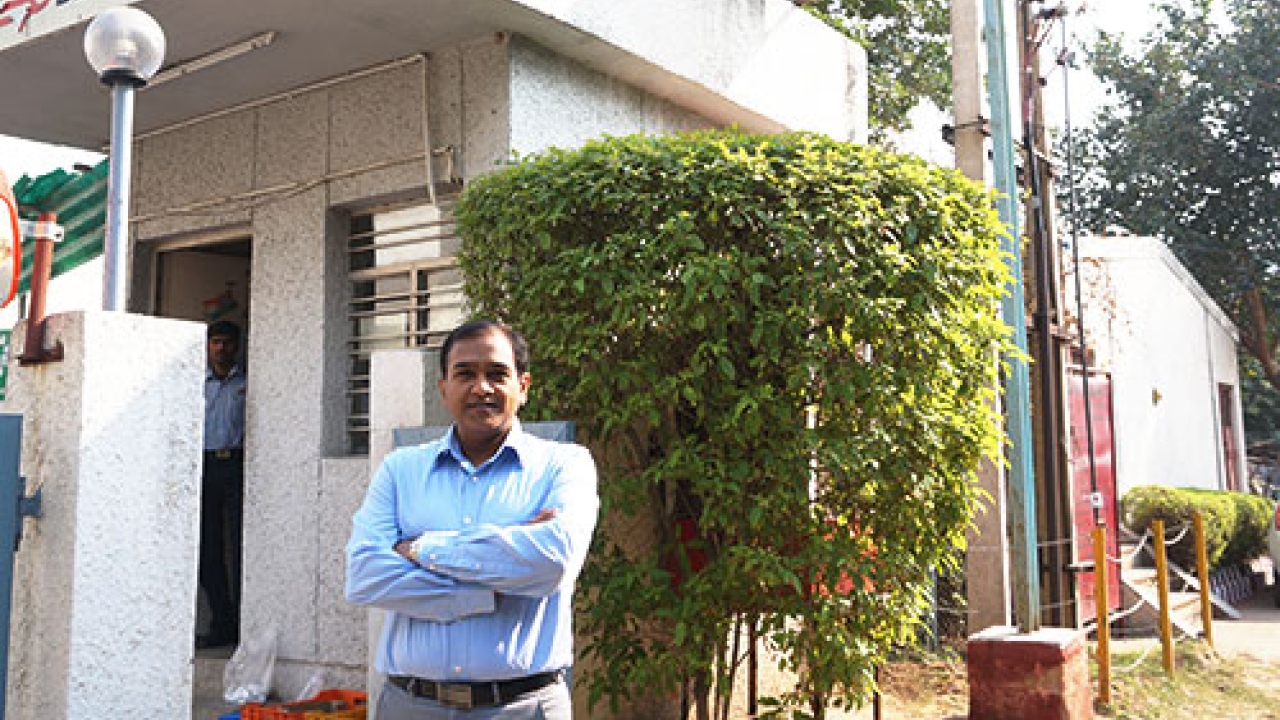Avery Dennison invests in India’s future
With a manufacturing plant spread across 29 acres in Pune, Avery Dennison has huge plans to invest and expand in India. Anil Sharma, managing director, South Asia and Sub Saharan Africa, Materials group at Avery Dennison talks to Aakriti Agarwal about market trends, future plans and investments at Avery Dennison India. Excerpts from the interview:

Labels and Labeling (L&L): Tell us about Avery Dennison’s expansion plans in India.
Anil Sharma (AS): The label market is starting to get traction in last five years. We are investing in the market with the view of helping it expand and grow. We continue to install sophisticated equipment in our plants in India with the dual aim to develop wider range of products and help our customers make more innovative solutions for their clients.
Our Pune factory is a key manufacturing plant. We are investing into a new emulsion coater that will be installed in the second quarter of 2014.
Another significant investment has been in setting up the Global Innovation Centre in Pune where a team of scientists is working on fundamental technologies such as adhesive, silicone, facestock, amongst others to create new solutions. This investment is to leverage the intellectual horse power of the India talent and develop solutions tailored to Indian market while using the raw materials and resources available. Besides this, in 2013, we added a sheeting unit in Pune.
As we continue to expand, we will invest in more warehouses and install and upgrade our slitters.
At Avery Dennison India, we have also been making efforts to expand the pressure sensitive industry. Avery Dennison Knowledge Centre in Bengaluru is one such initiative. We have built a marketing team which is one of a kind in the industry. We have segment focused team whose primary responsibility is to make pressure sensitive as a preferred technology amongst the brand owners, thus growing this pie. This positions us well as a label solution provider with the brand owners.
L&L: What is the growth rate of the labels industry in India?
AS: We expect the market to grow in double digits at a faster pace than the GDP growth rate driven through organic growth in the industry and decoration transfers from other technologies we are driving through our end user initiative and the efforts of our converter partners.
L&L: Do you see a trend towards using more film materials rather than paper in self-adhesive labels?
AS: It’s not that paper is not a premium product. In many cases, film label stock allows us to bring some additional advantage and give some flexibility to the customer largely in space of clear-on-clear label. However, there are also paper products that cater to the top end of the market. But larger chunk would probably be filmic solution.
But in both these, adhesive technology is an equally critical component. Higher end products need better adhesives because the labels need to perform in certain conditions. So, adhesive technology is always going to be very critical to be able to bring good filmic or paper solution in the market. Low migration is a clear example where the core advantage comes from the adhesive itself and not necessarily the paper.
L&L: Do you see growth in digitally printed labels in India?
AS: Yes, we see that. There is growth but there is proliferation of digital platforms. We are seeing that a lot of converting partners are experimenting with different technologies. Indian market is at an experimental stage, at a critical crossroad, where customers recognize that digital has certain advantages and they are in the process of assessing it. I see digital as the way forward and we will see the growth of digital products coming on board. But it is not at the stage as the rest of the world today. We are at a very nascent stage when compared to Europe and North America.
Also the focus of the digital technology companies is to standardise the pressure sensitive laminate they use hence lot of emphasis is being put on how to make the product usable as it is, without doing something special to it.
The complete article will be a part of the first issue of Labels & Labeling magazine published in 2014.
Stay up to date
Subscribe to the free Label News newsletter and receive the latest content every week. We'll never share your email address.
